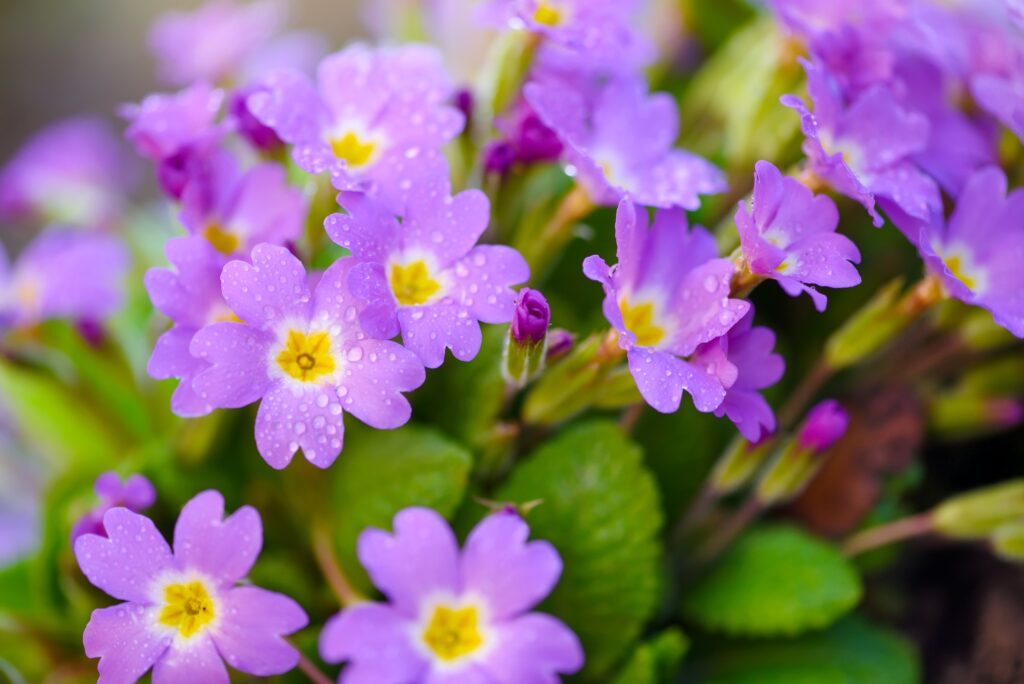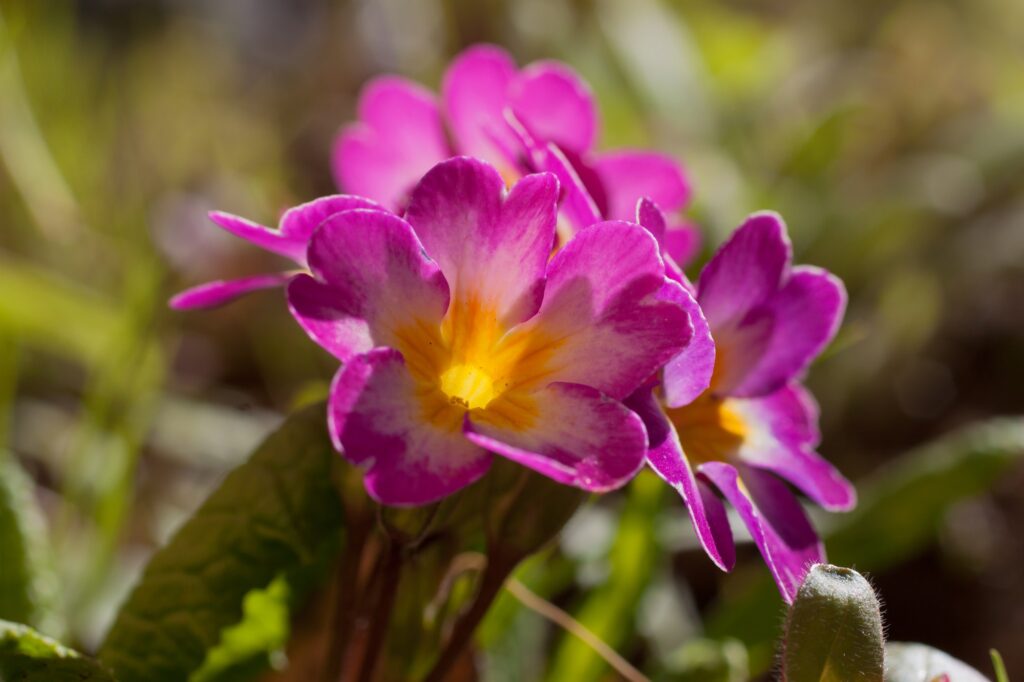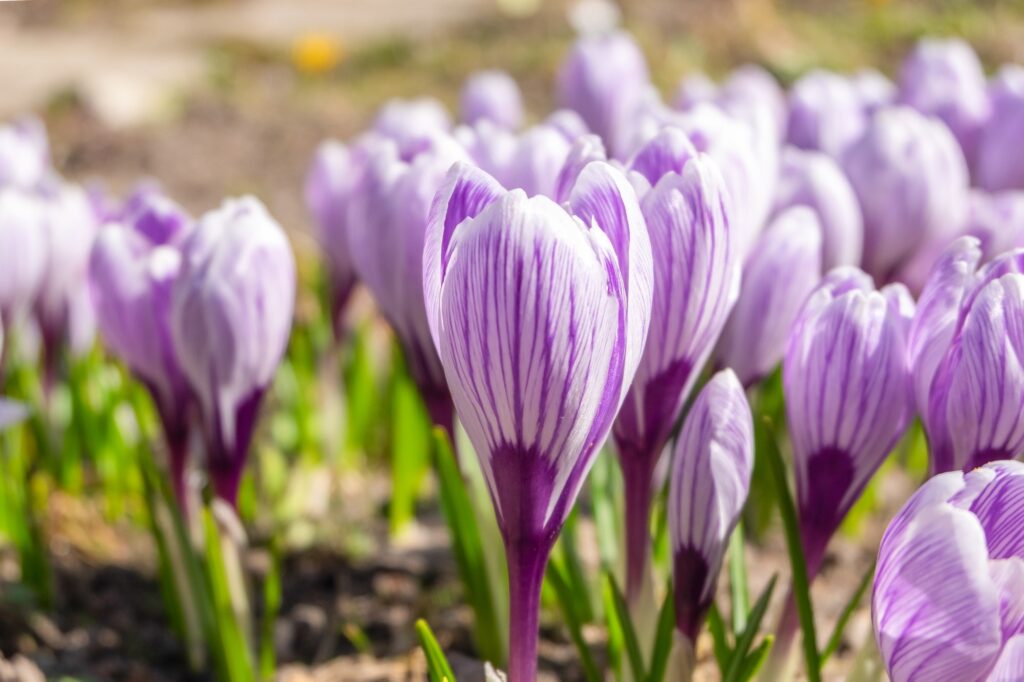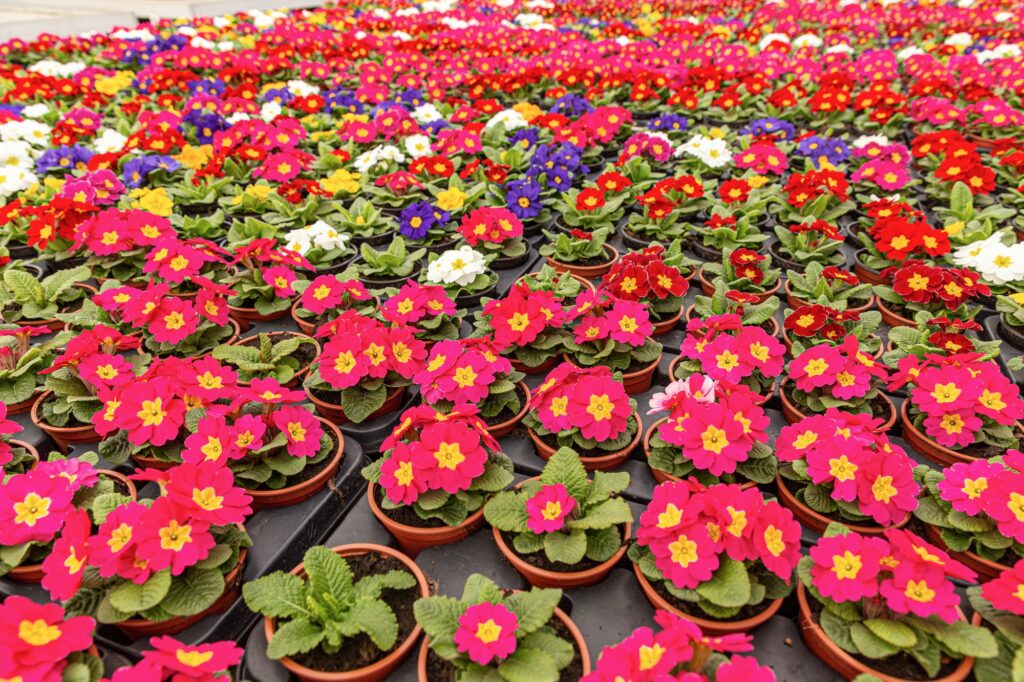12 Interesting Facts About Primrose

Introduction
Primrose (Primula vulgaris)1, with its vibrant colors and delicate petals, is a beautiful and versatile flower that has captured the hearts of gardeners and nature enthusiasts alike. In this article, we will delve into the fascinating world of primrose and uncover twelve interesting facts about this captivating plant. From its medicinal uses to its unique adaptations, primrose is sure to intrigue and inspire. So, let’s embark on this floral journey and discover the wonders of primrose!
1. Primrose Colors

Primroses are known for their vibrant and eye-catching colors. These enchanting flowers come in various shades, including pink, purple, blue, white, and yellow. The diverse color palette of primroses adds a touch of elegance and beauty to any garden or floral arrangement.
2. Primrose Species
Primrose belongs to the Primula genus, which includes over 400 different species2. Some of the most common primrose species include Primula vulgaris, Primula veris, and Primula elatior. Each species has its own unique characteristics and charm, making primroses a delightful addition to any botanical collection.
3. Early Bloomers

One fascinating aspect of primroses is their ability to bloom early in the year. While many flowers wait for spring to arrive, primroses brave the cold and display their vibrant blooms as early as late winter. This early blooming characteristic makes primroses a symbol of hope and renewal after the long winter months.
4. Medicinal Uses
Primrose has a long history of medicinal use, dating back centuries3. The oil extracted from primrose seeds is rich in gamma-linolenic acid (GLA), an essential fatty acid with numerous health benefits. Primrose oil is commonly used in traditional medicine to alleviate symptoms associated with PMS, eczema, and arthritis. Its anti-inflammatory properties make it a popular choice for natural remedies.
5. Symbolism
In the language of flowers, primrose holds significant symbolism. It represents youth, young love, and new beginnings. Offering primroses to someone can convey messages of admiration, affection, and good luck. This symbolic meaning adds depth and sentiment to the already captivating beauty of these flowers.
6. Edible Delights

Did you know that certain species of primrose are edible? Primula vulgaris, also known as the English primrose, has petals that are not only visually appealing but also safe for consumption. These petals can be used as a colorful addition to salads, and desserts, or even steeped in tea for a delicate floral flavor.
7. Aromatic Delights
In addition to their visual appeal, some primrose species also emit delightful fragrances. The evening primrose (Oenothera biennis) is known for its sweet scent that intensifies after sunset. This fragrant species adds an olfactory dimension to any garden or outdoor space, creating a multisensory experience for those who encounter it.
8. Hardy Perennials
Primroses are hardy perennials, meaning they can withstand cold temperatures and continue to bloom year after year. Their ability to thrive in various climates makes them a reliable choice for gardeners seeking long-lasting beauty in their landscapes. With proper care and maintenance, primroses can bring joy and color to gardens for many seasons.
9. Adaptations to Shade
One of the fascinating adaptations of primroses is their ability to thrive in shady environments. Many primrose species have evolved to grow in woodland areas where sunlight is limited. Their ability to capture and utilize even the faintest rays of light allows them to flourish in shaded conditions where other plants may struggle.
10. Pollinator Magnets

Primroses are pollinator magnets, attracting bees, butterflies, and other beneficial insects with their vibrant colors and sweet nectar. These flowers play a vital role in supporting pollinators and promoting biodiversity in ecosystems. By planting primroses in your garden, you can create a welcoming habitat for these essential creatures.
11. Cultivation Tips
If you’re considering growing primroses in your garden, here are a few tips to help you succeed:
- Choose the right location: Primroses prefer partial shade or filtered sunlight.
- Provide well-draining soil: Primroses thrive in moist but well-drained soil.
- Water regularly: Keep the soil consistently moist but avoid overwatering.
- Fertilize sparingly: Use a balanced organic fertilizer during the growing season.
- Mulch for protection: Apply a layer of organic mulch around the plants to conserve moisture and protect the roots.
By following these simple guidelines, you can cultivate healthy and beautiful primroses in your own backyard.
12. Cultural Significance
Throughout history, primroses have held cultural significance in various societies. In Celtic folklore, primroses were associated with fairy beings and were considered magical flowers that could grant wishes. In Victorian England, giving primroses was a gesture of young love and affection. These cultural connections add an aura of enchantment to the already captivating allure of primroses.
FAQ

What are the different colors of primroses?
Primrose comes in various shades, including pink, purple, blue, white, and yellow, adding elegance and beauty to any garden or floral arrangement.
How many species of primrose are there?
The Primula genus includes over 400 different species of primrose, with some of the most common ones being Primula vulgaris, Primula veris, and Primula elatior.
When does primrose bloom?
Primroses have the fascinating ability to bloom early in the year, even as early as late winter, symbolizing hope and renewal after the long winter months.
What are the medicinal uses of primrose?
Primrose oil, extracted from its seeds, is rich in gamma-linolenic acid (GLA), and is commonly used in traditional medicine to alleviate symptoms associated with PMS, eczema, and arthritis due to its anti-inflammatory properties.
What is the symbolism of primrose?
In the language of flowers, primrose symbolizes youth, young love, and new beginnings. Offering primroses can convey messages of admiration, affection, and good luck.
Conclusion
Primrose is undoubtedly a flower that captivates with its vibrant colors, delicate petals, and intriguing characteristics. From its early blooming nature to its medicinal uses and cultural symbolism, there is much to appreciate about this beautiful plant. Whether you choose to grow them in your garden or simply enjoy their beauty in nature, primroses are sure to bring joy and inspiration wherever they bloom.
So next time you come across a primrose, take a moment to admire its beauty and remember the twelve interesting facts that make this flower truly remarkable.
- https://en.wikipedia.org/wiki/Primula_vulgaris [↩]
- Genus Primula and its role in phytomedicine; a systematic review, sciencedirect.com [↩]
- Evening Primrose Oil, nccih.nih.gov/health/evening-primrose-oil [↩]





